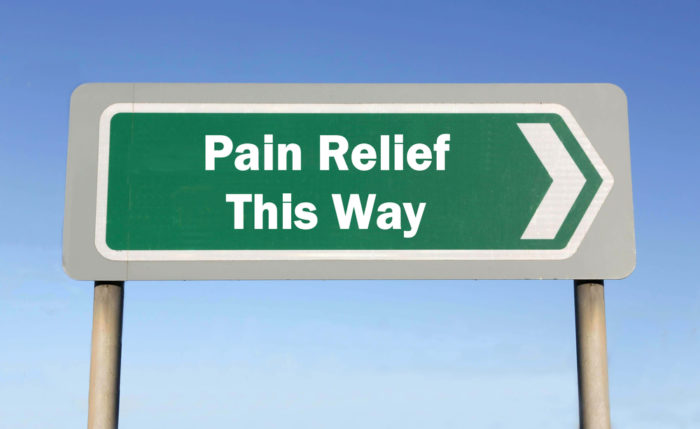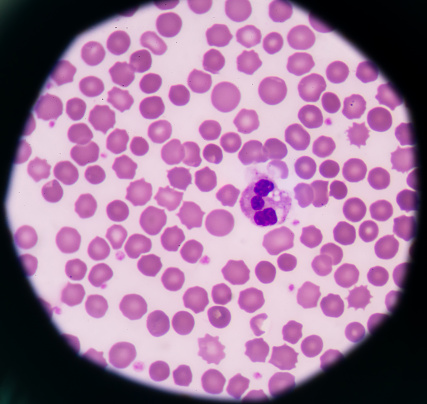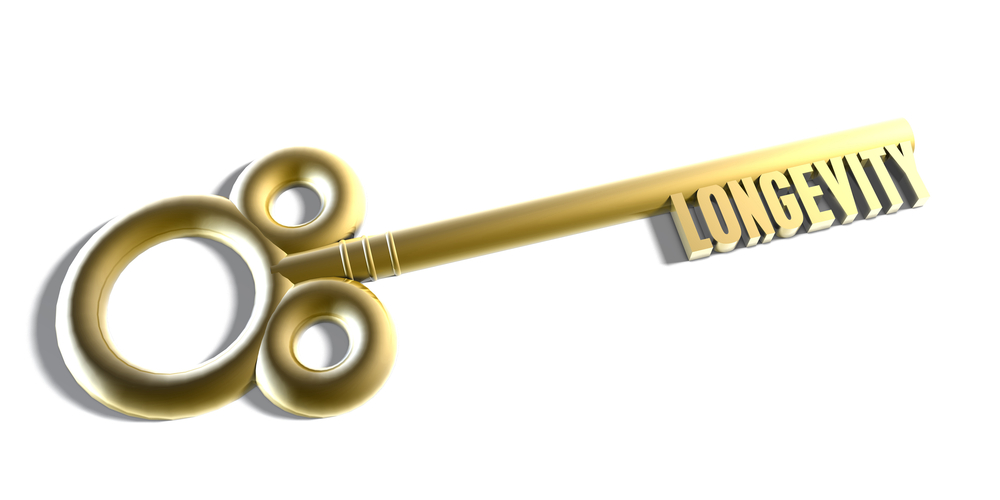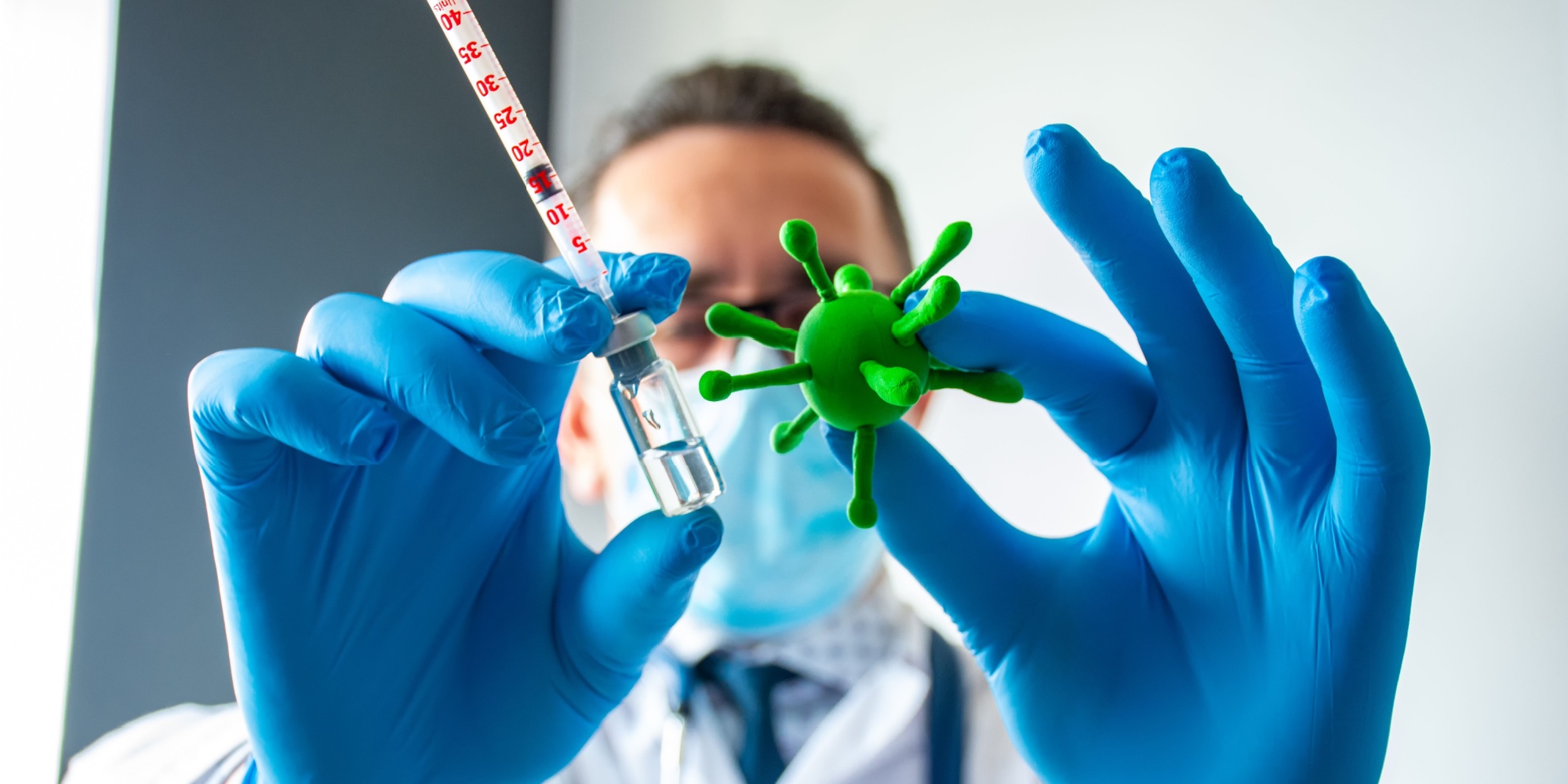
Chronic pain, is it just a bad memory?
November 22nd, 2021Is chronic pain just a bad memory?
When pain lingers it is frustrating, exhausting and can affect every part of someone’s life. Chronic pain can disconnect a person from their life causing issues within relationships, careers and preventing someone from doing things that they love. It can build up negative emotions, cause anxiety and result in depression, especially if surgery or the use of medication hasn’t helped to relieve the pain.
Pain is in the brain, it’s an alarm system telling the body that it is damaged. It isn’t always in one specific area, it can be all over the whole body and have such a huge impact on the quality of life. The brain has learned to feel pain from external or internal stressors, medical evidence indicates that our brain does remember pain in the form of memory cells, so could chronic pain be simply that? Just a bad memory?
Why can pain turn into chronic pain?
Structural pain, whether acute or chronic, has a physical cause that can be identified and normally treated. Neural pain is a type of pain that isn’t traceable to a particular cause but can persist, either way, according to the experts, the brain experiences pain and creates a memory of it. Acute pain normally lasts for up to three months, anything beyond that is classed as chronic pain.
A study by Dr Franziska Denk from the Wolfson Centre for Age-Related Diseases at the Institute of Psychiatry, Psychology and Neuroscience, King’s College in London revealed one reason why acute pain turns into chronic pain. Researchers looked at the nervous system of mice and found that injury or acute pain left epigenetic marks that determined which genes were expressed. The marks may or may not affect the functioning of the cell. Those mice suffering from chronic pain had hundreds of epigenetic marks that may have changed the function of the cells, indicating a cell ‘memory’ of pain.
Dr Denk explained “We are ultimately trying to reveal why pain can turn into a chronic condition. We already knew that chronic pain patients have nerves that are more active and we think this is probably due to various proteins and channels in those nerves having different properties. However, it is unclear why these nerves should remain in this overactive, highly sensitive state, even when the initial injury or disease has gone.”
There is no definite answer as to why pain can turn into chronic pain but scientists are getting close to a much better understanding which will come as a great relief to the many sufferers of chronic pain.
Can we unlearn pain?
The brain is an incredibly elastic organ that has the capability to learn for the entire human lifespan. If chronic pain is a learned behaviour through cell memory then changing the ingrained pattern of learning may change or eliminate pain altogether. From childhood our neuropathways have served to protect us, for example, knowing not to touch something hot because it will burn our hands and create pain. If we can do that, could it be possible for our brains to unlearn chronic pain?
New research is looking at a method for helping the brain to “unlearn” chronic pain. This method retriggers an old injury experienced and then effectively erases the memory of that injury from the brain. Yves De Koninck, a professor of neuroscience at Université Laval in Canada, injected capsaicin into the paws of mice to trigger hypersensitivity, then repeated that same injection but with anisomycin, an antibiotic. The mice experienced the same neural activity that created hypersensitivity, but the anisomycin stopped the spinal cord from producing additional pain receptors. It is these additional receptors that may cause pain to become chronic in people. New treatments based on this research are a long way off, but anything that may provide new options to solve the mystery of why pain becomes chronic is a welcome discovery.
How can we manipulate the brain to help with pain relief?
Psychological and emotional elements in a person’s life can play a large part in chronic pain relief. We tend to get upset, angry or experience a frustrating lack of energy when we experience chronic pain and that distracts us from having the ability to cope with the pain. Ideally we need to create a ‘mind over matter’ approach to reduce the traumatic mental effects of long tem pain.
This year is the 100th birthday of Aaron T Beck MD. Dr Beck is globally recognised as the father of CBT (Cognitive Behavioural Therapy) and a leading researcher in psychopathology, mental disorders, psychological problems and medical conditions with psychological components. CBT is a type of therapy that can help to manage problems by changing the way you think. Commonly used for mental health but also recommended for physical health problems too. The concept is the fact that your thoughts, feelings, physical sensations and actions are interconnected. CBT deals with current problems, breaking them down into smaller problems and training the brain to think differently about challenges. CBT is a form of mindfulness that influences the brain, the thinking therapy reframes your thoughts creating a better sense of control, encouraging calmness and giving a person an excellent coping mechanism for pain relief and other problems. CBT can’t promise to reduce pain but it can help you get more control of your life allowing you to cope better with discomfort or agony.
Own the pain, don’t let the pain own you
Pain is real, it’s not ‘all in the mind’ but chronic pain could be alleviated in the future when medical experts further understand pain memory cells in the brain. But until such times experts search for better ways to relieve pain from sufferers whose lives can become almost unbearable. However, there are self-care options to help manage chronic pain, this includes:
- Educating yourself – understanding the pain and looking at options such as CBT
- If you have a pain management plan from your doctor, stick with it
- Creating your own action plan and preparing yourself for flare-ups
- Taking any prescribed medication on a regular basis, missing a dose could cause an increased level of suffering
- Seeking mental health advice if you are struggling with your emotions
- Be mindful, managing stress and anxiety levels
- Keeping a pain diary so you can identify a pattern
- Exercising or doing other types of physical activity
- Resting in between activities, not pushing through the pain
- Relaxation is really important, it could be just soaking in a hot tub or having a massage
- Trying to create a good bedtime routine enabling you to get a better night’s sleep
- Pacing yourself because rushing around too much can trigger a flare-up
- Trying meditation or yoga – you could join a class if you didn’t want to do it on your own
- Trying alternative therapies such as acupuncture
- Eating a healthy diet and stay hydrated
- Spacing out physical activities and have realistic goals
- Joining help groups and communicating with people. You might find out about a different coping strategy from a fellow pain sufferer
- Trying supplements
A product worth a mention is our all-natural product DiscomfortReliefPro™ – Palmitoylethanolamide (PEA) for pain relief.
PEA is a natural dietary supplement that tackles a wide range of disorders, from chronic pain and inflammation to influenza and the common cold.
WHAT ARE THE BENEFITS OF PEA?
- Proven to be effective and safe in the treatment and prevention of flu and colds in six double-blind, placebo-controlled clinical trials in over 3,000 people.
- Clinically proven to significantly reduce chronic pain without side effects.
- No negative side effects have been reported.
- No adverse interactions between PEA and regular medicines have been reported.
- Dozens of clinical trials and widely studied since the early 1970s with an excess of 500 scientific articles attributing the therapeutic effects.
PEA is a naturally occurring compound found in plant and animal cells and is a bioactive functional lipid belonging to a class of molecules known as fatty acid amides. It is produced in most cells in our bodies by on-demand synthesis when needed, naturally increasing in situations where cells or tissue is damaged or is under threat of damage.
PEA’s wide spectrum of biological properties includes both anti-inflammatory and pain relief, acting as a protective and repairing molecule whilst supporting the self-healing ability of the body and benefits the peripheral and central nervous system.
Link: https://www.antiaging-systems.com/products/pea-palmitoylethanolamide/
Pain can be scary, we may not know the cause when it happens, it can be overwhelming and unpredictable. If you are experiencing unexplained pain it is essential that you visit your doctor – you don’t have to live in pain.
References & Further Reading:
https://www.ncbi.nlm.nih.gov/pmc/articles/PMC5999451/
https://paindoctor.com/unlearn-chronic-pain/
https://aging-matters.com/palmitoylethanolamide-pea-a-serious-rival-to-cbd/








